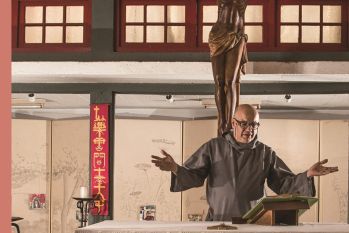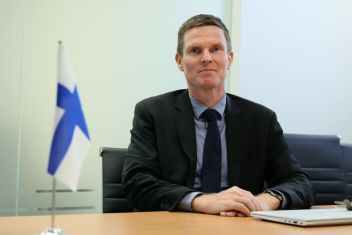In an era of accelerated economic development, there are many people who choose to move in the opposite direction and dedicate themselves to nature conservation work. Among the methods they use, the “public environmental trust,” which ensures a long-term future for conservation, is the finest form of covenant between humans and nature.





















